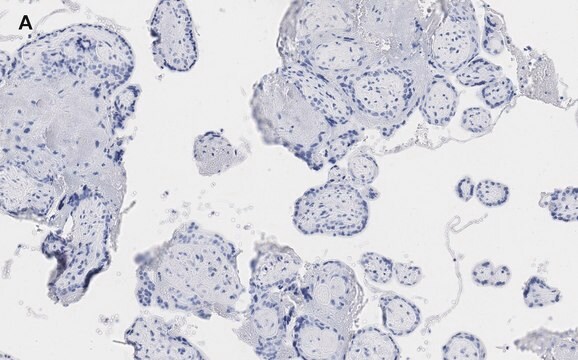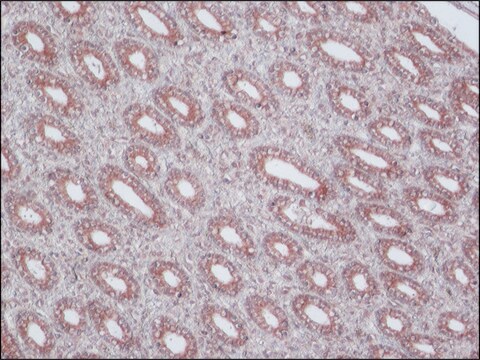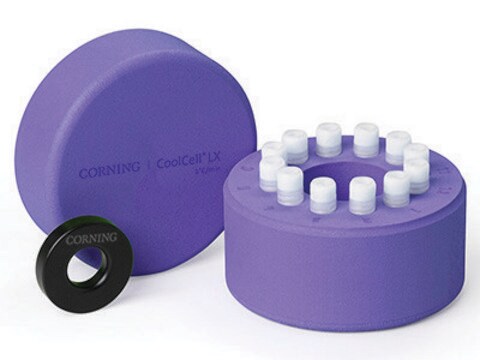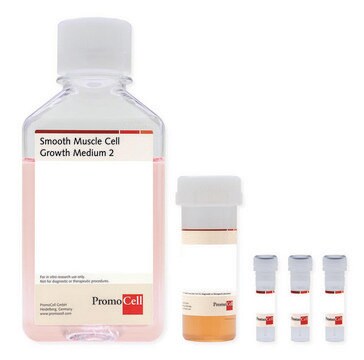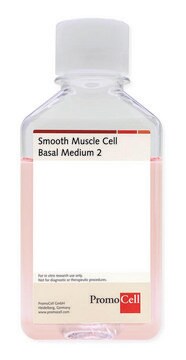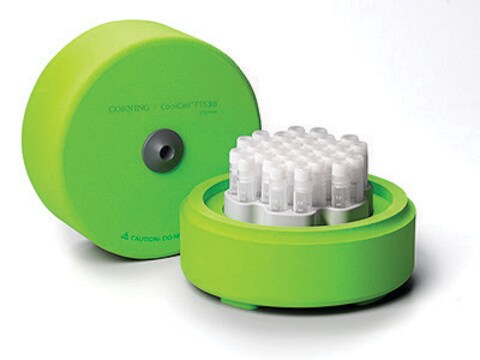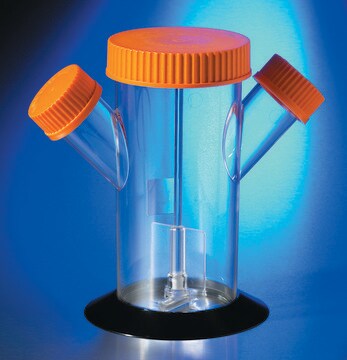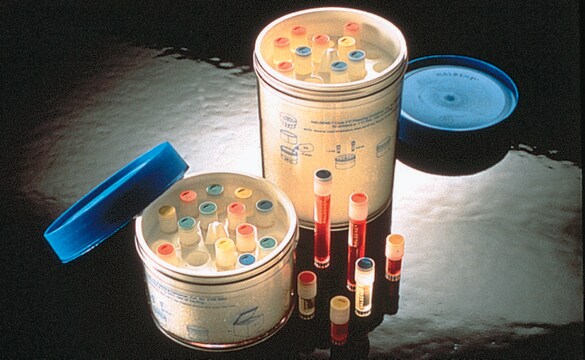MAB4155
Anticorps anti-BCRP1, clone 5D3
clone 5D3, Chemicon®, from mouse
Synonyme(s) :
ABC transporter, ATP-binding cassette transporter G2, ATP-binding cassette, sub-family G (WHITE), member 2, ATP-binding cassette, sub-family G, member 2, Breast cancer resistance protein, CD338 antigen, Mitoxantrone resistance-associated protein, Placent
About This Item
Produits recommandés
Source biologique
mouse
Niveau de qualité
Forme d'anticorps
purified immunoglobulin
Type de produit anticorps
primary antibodies
Clone
5D3, monoclonal
Espèces réactives
rat, human
Fabricant/nom de marque
Chemicon®
Technique(s)
flow cytometry: suitable
immunocytochemistry: suitable
immunofluorescence: suitable
western blot: suitable
Entrée
sample type neural stem cell(s)
sample type hematopoietic stem cell(s)
Isotype
IgG2bκ
Numéro d'accès NCBI
Numéro d'accès UniProt
Conditions d'expédition
wet ice
Modification post-traductionnelle de la cible
unmodified
Informations sur le gène
human ... BCRP1(644079)
Description générale
Spécificité
Immunogène
Application
Recherche sur les cellules souches
Fixation des cultures cellulaires avec du paraformaldéhyde (PFA) à 4 % pendant 5 à 15 minutes à température ambiante. Inhibition avec du sérum de chèvre à 10 % et 0,1 % de sérum albumine bovine dans du PBS contenant 0,3 % de Triton X-100 (Ginis et al., 2004).
Cytométrie en flux :
une dilution au 1/100-1/1 000e d'un précédent lot a été utilisée.
Test d'inhibition :
un lot précédent a été utilisé pour inhiber l'ABCG2 (Watanabe, K. et al., (2004. FEBS Letters 565:6-10). Voir également Sarkadi, B., et al., 2004 FEBS 567:116-120. Sarkadi indique que la détection et l'inhibition par l'anticorps 5D3 dépendent fortement de la conformation actuelle de l'ABCG2.
Inhibition avec du sérum de chèvre à 10 % et 0,1 % de sérum albumine bovine dans du PBS contenant 0,3 % de Triton X-100 (Ginis, 2004).
Il revient à l'utilisateur final de déterminer les dilutions de travail optimales.
Cellules souches neurales
Cellules souches hématopoïétiques
Qualité
Analyse par western blotting :
une dilution au 1/500e de ce lot a permis de détecter la BCRP1 dans 10 µg de lysats de cellules L6.
Description de la cible
Forme physique
Stockage et stabilité
Remarque sur l'analyse
Cellules MCF-7
Autres remarques
Informations légales
Clause de non-responsabilité
Vous ne trouvez pas le bon produit ?
Essayez notre Outil de sélection de produits.
En option
Code de la classe de stockage
10 - Combustible liquids
Classe de danger pour l'eau (WGK)
WGK 2
Point d'éclair (°F)
Not applicable
Point d'éclair (°C)
Not applicable
Certificats d'analyse (COA)
Recherchez un Certificats d'analyse (COA) en saisissant le numéro de lot du produit. Les numéros de lot figurent sur l'étiquette du produit après les mots "Lot" ou "Batch".
Déjà en possession de ce produit ?
Retrouvez la documentation relative aux produits que vous avez récemment achetés dans la Bibliothèque de documents.
Notre équipe de scientifiques dispose d'une expérience dans tous les secteurs de la recherche, notamment en sciences de la vie, science des matériaux, synthèse chimique, chromatographie, analyse et dans de nombreux autres domaines..
Contacter notre Service technique